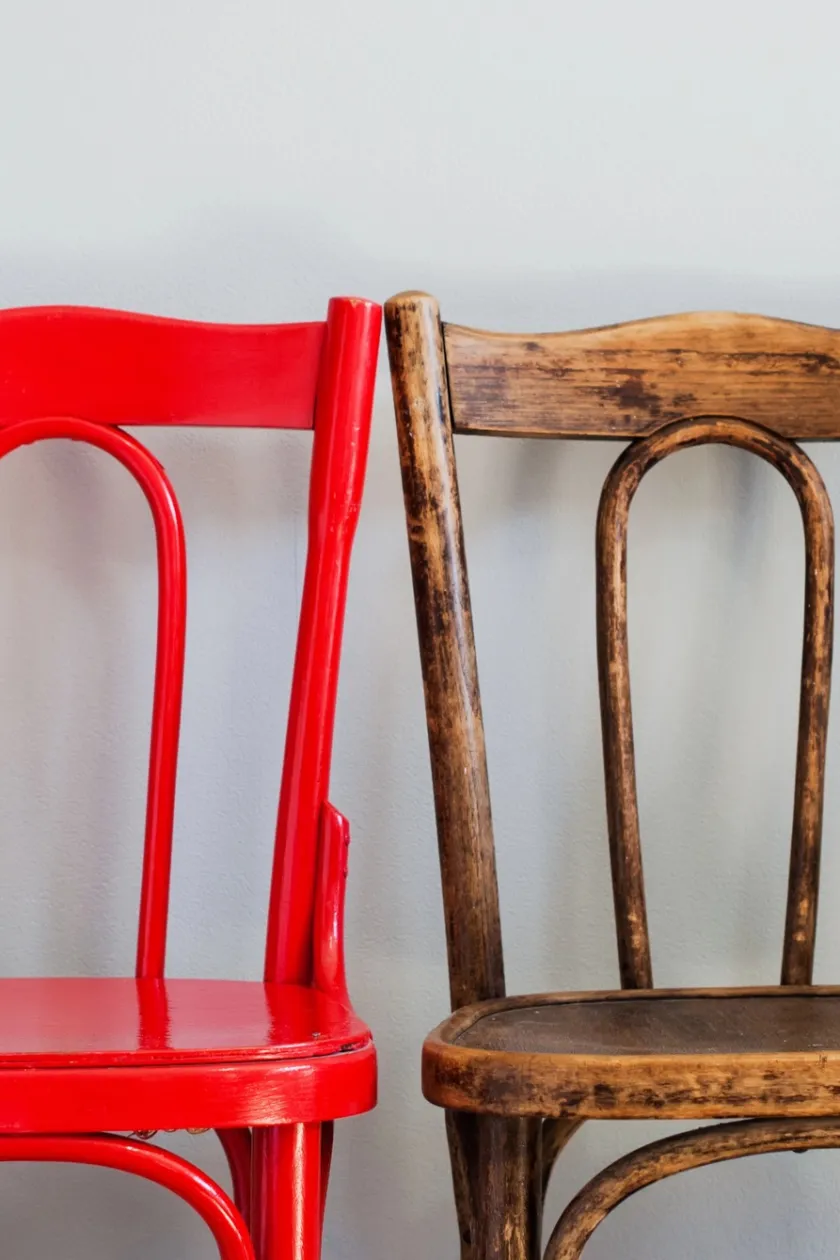Home staging plays a critical role in property showings and sales outcomes. Data from the National Association of Realtors indicates that 81% of buyers’ agents report that staging a home facilitates buyers’ visualization of the property as their future home. This visualization aids potential buyers in emotionally connecting with the space, increasing the likelihood of an offer. The living room, primary bedroom, and kitchen are pivotal areas in staging, with 39%, 36%, and 30% of buyers’ agents, respectively, highlighting these rooms as essential.
Further supporting the efficacy of staging, 20% of both buyers’ and sellers’ agents observed an increase in the dollar value offered for staged homes by between 1% and 5% compared to unstaged properties. This empirical evidence underscores the tangible financial benefits associated with staging.
The psychological impact of staging cannot be overlooked. A “blank canvas” approach, involving the use of neutral tones and minimal décor, allows buyers to envision their lives within the home. Sensory elements—such as soft music, candles, or freshly baked cookies—contribute to a warm and inviting atmosphere, enhancing emotional resonance with the property.
Financial Benefits of Staging

Real-life data underscores the financial advantages of home staging. Professionally staged homes have demonstrated tangible benefits, selling on average $40,000 above the list price and nine days faster than non-staged homes, as reported by a survey conducted by the Real Estate Staging Association. This showcases a direct correlation between staging and financial gain for sellers.
Statistics from the NAR’s 2023 Profile of Home Staging reveal that 48% of sellers’ agents report a reduction in the time on the market for staged properties, a key advantage in a competitive real estate environment. This data points to the efficiency of home staging in expediting property sales.
The necessity for high-quality visual content has grown since the beginning of the COVID-19 pandemic. According to NAR, 82% of buyers‘ agents emphasized the importance of photos, videos, and virtual tours in their listings. This trend highlights the critical role of visual appeal and the increased reliance on digital presentations in the property market.
Trends and Design Elements in Home Staging

Current and emerging trends in home staging can further augment a property’s appeal. Textured design elements, including boucle, fringe, and rattan, are predicted to gain popularity in 2024. Such materials add warmth and character to a home, enhancing its attractiveness to potential buyers. Similarly, the use of moody colors like black, dark gray, and deep purples can create an atmosphere of elegance and sophistication, potentially increasing buyer interest.
Moreover, the economic advantages offered by home staging can be quantified with tools such as a home value estimator, which can provide sellers with an understanding of their property’s worth in the current market. This tool can assist in gauging the impact of investments in staging on overall home value.
Visual and Sensory Appeal

The importance of visual and sensory appeal in home staging extends to both in-person viewings and online listings. High-quality photos, videos, and virtual tours have become integral components of property marketing strategies. As reported by the NAR, these elements hold enhanced significance post-pandemic, emphasizing the necessity for visually compelling content.
Sensory elements also play a crucial role in creating a welcoming environment. Neutral tones, minimal décor, and well-planned lighting contribute to an inviting atmosphere. The use of subtle sensory cues, such as background music or the scent of freshly baked cookies, can enhance buyers’ overall experience and emotional connection to the property.

